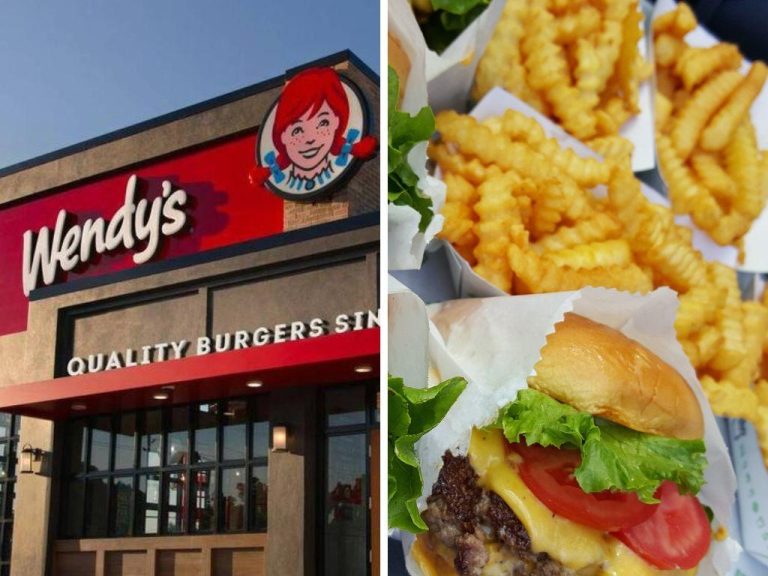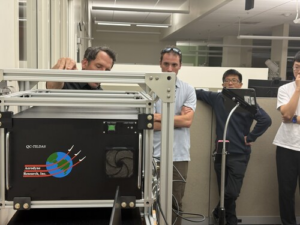
Wendy’s, Popeyes, Shake Shack, and other global fast-food giants are racing to secure prime drive-through sites across Australia, paying record rents in the process. This aggressive expansion by America’s biggest burger and chicken empires is fueling an unprecedented quick-service restaurant (QSR) boom, reshaping the country’s commercial property market.
Rick Silberman, Savills retail investment director, describes this as Australia’s “peak QSR era,” with global brands fiercely competing for a limited supply of corner blocks, allowing developers to capitalize on the demand. “More than ever, people are time-poor and want to grab dinner on the way home for the family,” Silberman explained. “The drive-through model has proven it’s a winner. Convenience and cost have never mattered more.”
Operators are reportedly paying between $250,000 and $400,000 annually for top-tier drive-through locations, putting these sites on par with major service stations. “Where you’ve got a main road, 2000 square metres or more, and room for dual-lane drive-throughs, that’s gold,” Silberman said. “Those sites are fought over.”
Wendy’s: A Strategic Comeback
After a 40-year hiatus, Wendy’s is making a strategic comeback in Australia, aiming to open 200 stores by 2034. Backed by Flynn Group, the world’s largest restaurant franchisee, Wendy’s has already launched its first locations on the Gold Coast and in Melbourne’s Bayswater North, with more planned for suburban growth corridors. Silberman noted, “Wendy’s will be the litmus test for the US fast-food wave. If Wendy’s performs, others will double down. It’s the brand everyone’s watching.”
New Entrants and Their Strategies
Firehouse Subs: Challenging Subway
Firehouse Subs, owned by the same parent company as Burger King (Hungry Jacks) and Popeyes, is directly challenging Subway’s dominance. Partnering with Retail Food Group, it plans to open 165 restaurants over the next decade, beginning in southeast Queensland. Its flexible store formats, ranging from strip shops to full drive-throughs, make it a versatile new entrant.
Shake Shack: Premium Burger Experience
Shake Shack, a New York burger institution, is targeting Sydney and Melbourne as part of its global rollout. Its “fast-casual” format, which sits between Grill’d and fine dining, caters to Australians seeking convenience with atmosphere. Retail insiders believe Shake Shack’s entry will elevate Australia’s burger scene, creating a new premium subcategory.
Taco Bell: A Learning Curve
After an energetic start, Taco Bell has slowed its expansion as the head office takes direct control of its local network. Silberman commented, “When a brand restructures, we assume it’s flopped. But Taco Bell sits in true fast food, while GYG’s menu offers a fresher, broader appeal. There’s room for both.”
Local Players and Market Dynamics
Flappy’s: The Homegrown Contender
Flappy’s Fried Chicken, originating in New South Wales, is quietly building a loyal following. Now scouting drive-through sites, the local brand bets that suburban convenience can rival multinational marketing. Industry insiders see Flappy’s as proof that nimble local players can thrive alongside global titans.
Auntie Anne’s and Chuck E. Cheese: Diversifying the Market
Auntie Anne’s, the American pretzel chain, has opened its first Australian outlets in high-traffic areas, signaling a growing appetite for snack-driven fast food. Meanwhile, Chuck E. Cheese has entered Perth, combining dining and entertainment in large-format venues, potentially becoming a foot-traffic magnet for retail and leisure parks.
Implications for the Property Market
The fast-food frenzy is proving lucrative for property owners. “The tenants who can pay the highest rent are the ones developers want,” Silberman said. “GYG and El Jannah are top of that list, but the next wave, Wendy’s, Firehouse, Popeyes, are right behind them.” Many operators now prefer ground leases, which remove construction risk for landlords and guarantee a blue-chip tenant for 15 or 20 years.
“The Covid-era demand for drive-through convenience hasn’t faded, it’s become the foundation of a billion-dollar property boom. This is just the beginning of Australia’s fast-food land rush.” – Rick Silberman
As Australia continues to experience this rapid expansion in the QSR sector, the implications for both the fast-food industry and the commercial property market are profound. The drive-through model not only meets the demands of modern consumers but also sets the stage for a competitive and lucrative future for both global and local players.







